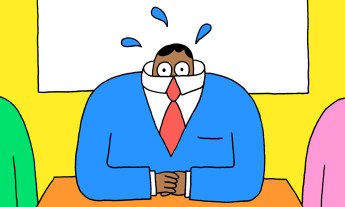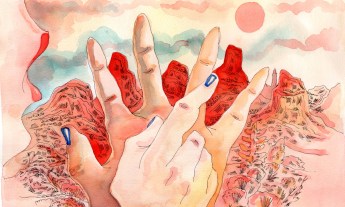Step inside an experimental economy with no money — but lots of exchange.
You’re walking down the street in Crown Heights, Brooklyn, on a lazy summer afternoon. A signboard announces a performance in a former auto repair shop, and it’s that kind of open-ended day, you and your friend look at each other and say, Why not? and step inside.
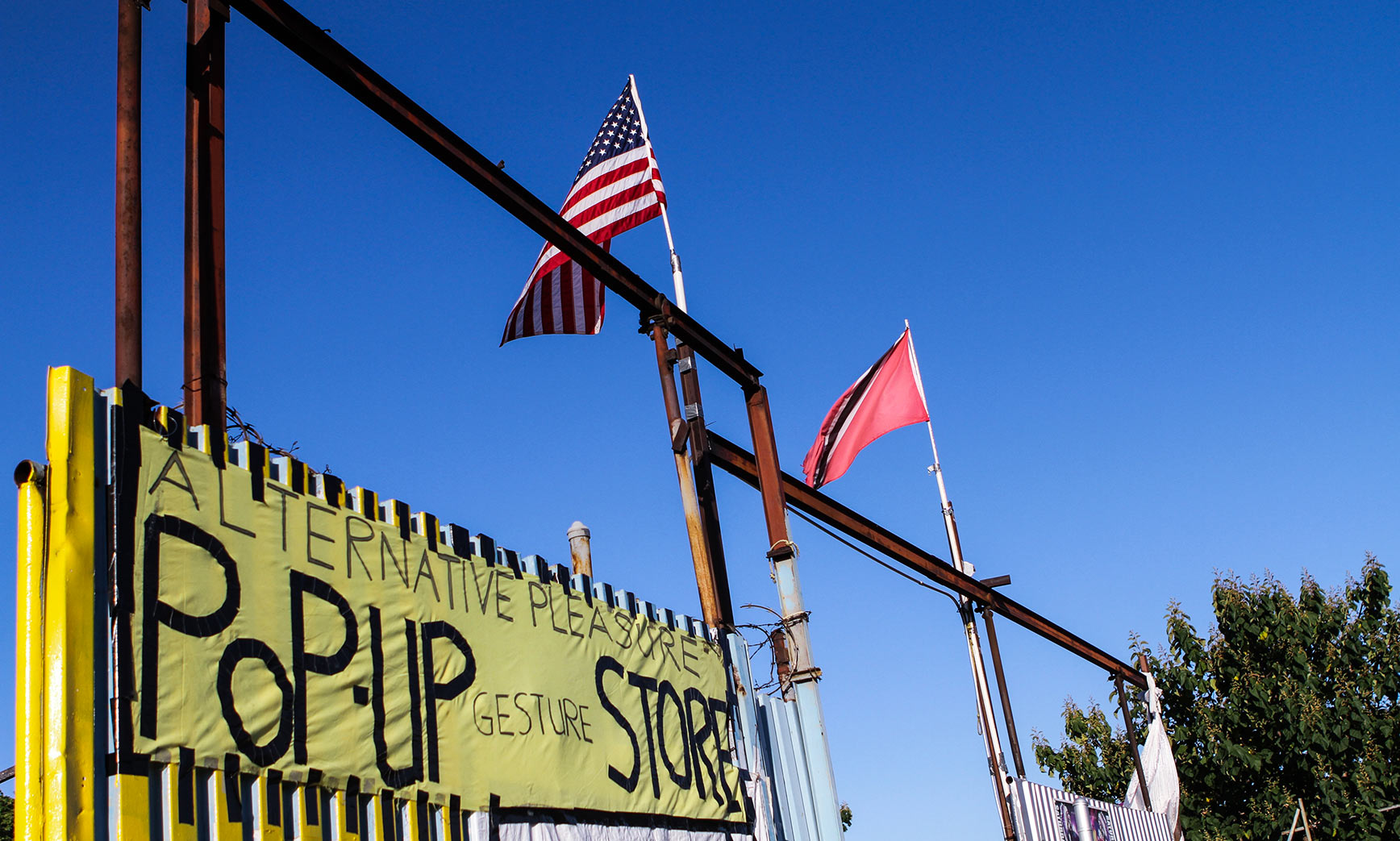
Where, instead of finding a ticket-taker, you find you’re going to pay for the performance … by performing something back. Or writing, or drawing, or talking. Or coming up with some other experience-in-the-moment.
You’ve just become a customer at the Alternative Pleasure Pop-Up Gesture Store, an experiment in art and economics, inspired by the writing and research of Robert Neuwirth (watch his TED Talks) and the performance work of artist and choreographer Andrea Haenggi.
In return for a little piece of soul and attention and time, you need to exchange a little piece of your own soul and attention and time.
At the Gesture Store, in an artist-run space called 1067 PacificPeople, Haenggi gathered a group of dancers, performing artists and writers to redefine engagement, presence and experience. Together they drew up a menu of their live-performance artworks and offered them for sale in the summer of 2015. One of Haenggi’s offerings at the Gesture Store was called the “Leaf Telepathy Dance Consultation”; a one-to-one dance performance. You, the customer, choose a plant from the studio’s outdoor space, and tell it a secret — a desire, a confession, a wish. Then Haenggi, after consulting the plant, creates a 15-minute performance on the spot, an ephemeral moment you both share.
And in return, you need to make her something. Do your own dance, make a performance, or create something of your own to give in exchange. In return for her immaterial art, for that little piece of her soul and attention and time, you need to exchange a little piece of your own soul and attention and time.
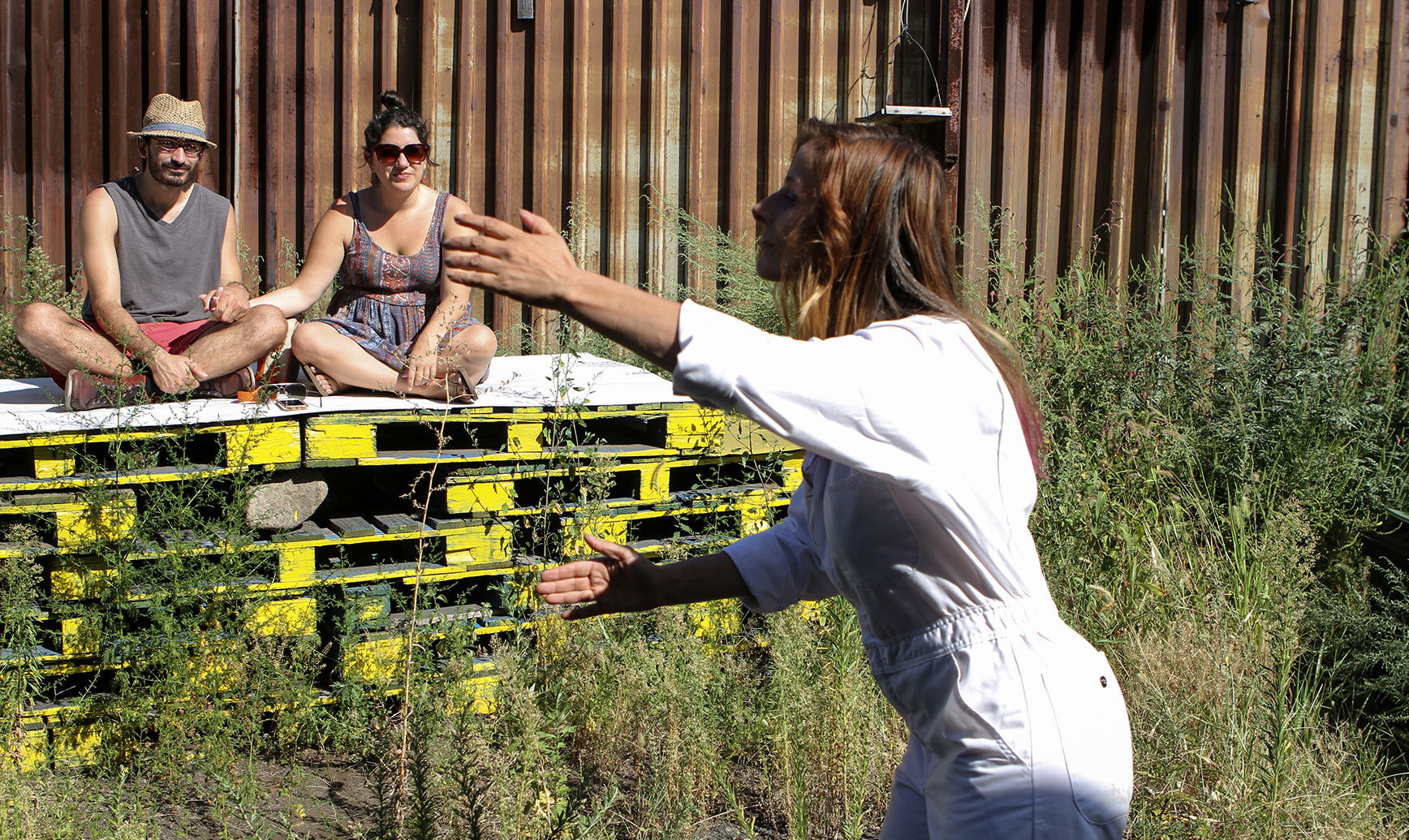
Haenggi tells the story of one Gesture Store customer to whom she sold a Leaf Telepathy Dance Consultation. After her performance, he confessed he felt “put on the spot” by the need to pay in kind — while she was a professional dancer, he was an archeologist, unused to creating in the same way. She asked him to take a moment, wander around the store and think. Five minutes later, he came over with a small pile of stones in his hand that he’d picked from the crumbling concrete of the garden. “He licked one stone after another,” says Andrea. “Which stone tasted the best? This stone, I should get. It was so moving, beautiful and powerful. He told me afterward, he felt free enough that the idea came into his mind.”
What if the relationship between artist and patron actually was equitable, authentic, more of a conversation and a sharing, a true exchange?
In creating the Gesture Store, Haenggi and Neuwirth wanted to challenge the relationship between artist and audience, allowing for exactly this kind of exchange and openness — while also examining the role of money in art. Too often, there’s a line between artist and patron that puts an artist on one side, busily creating, while the patron, protected by a checkbook, part of a faceless audience, simply consumes. By challenging the method of payment for art, Haenggi and Neuwirth make the larger point that this relationship can be more equitable, more authentic, more of a conversation and a sharing, a true exchange.
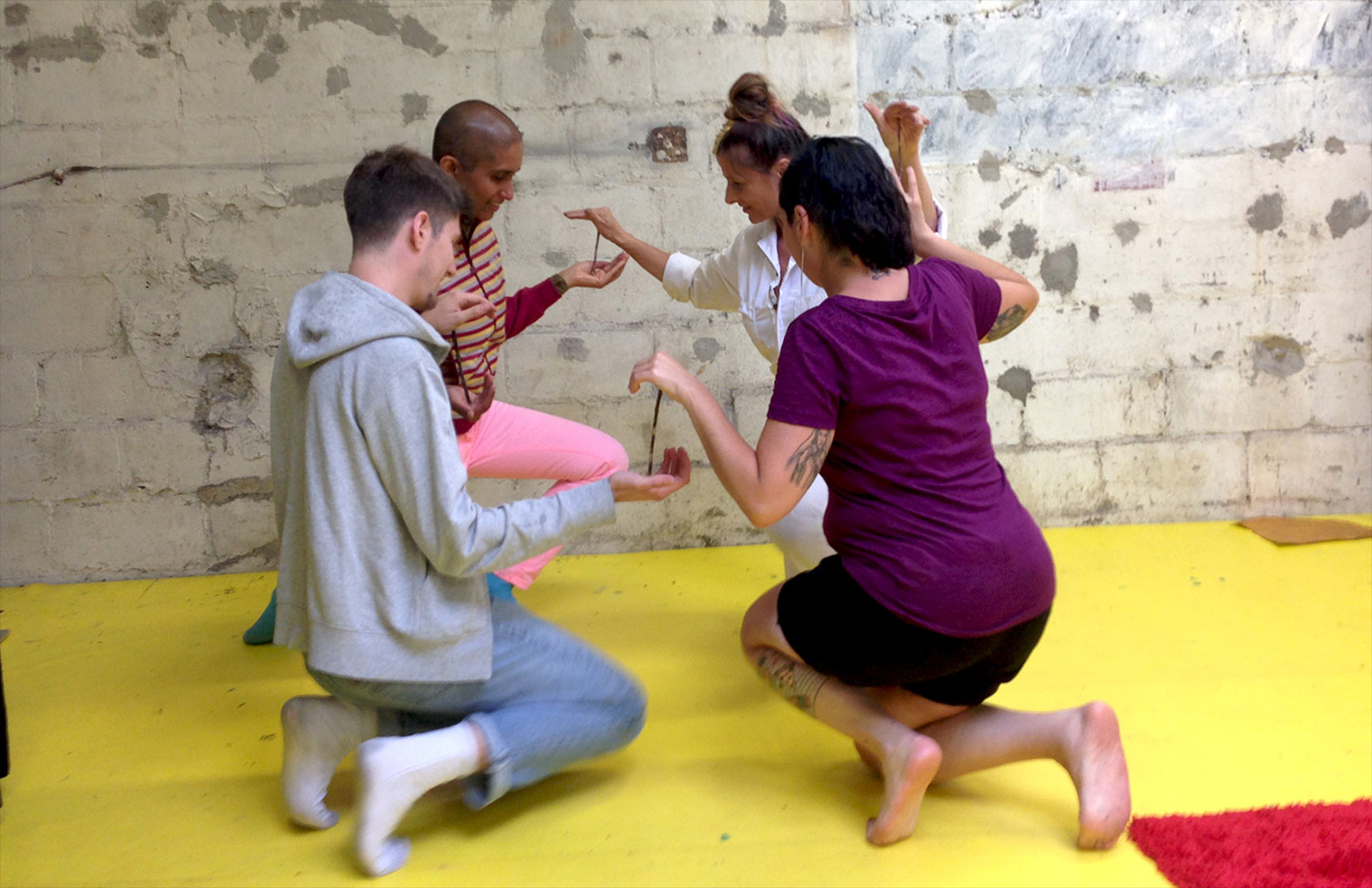
In co-creating this work, Neuwirth was inspired by his time researching the informal markets of Lagos, Nigeria, for his book Stealth of Nations (watch his TED talk about that). “I see a direct connection,” he says. “People in Lagos may be marginalized, but they do have this sense of connectedness. Part of my understanding of Lagos is that their markets are basically about exchange of any sort: paying attention, dialogue, physical presence. The currency is exchange. Their first goal is to have an honest conversation. It seems so much more human: the spirit of connectedness, the ability to prize experiences.”
“This is the real social network,” Neuwirth adds. “It probably sounds mawkish, but across cultures, people are willing to be connected.” Says Haenggi, who has also worked in Lagos, “The social energy, the social choreography of Lagos was very inspirational for us. It served as basic idea for our Pop-Up Gesture structure, how the bodies of the sellers and customers are related to each other in space.”
At the Gesture Store, Neuwirth ran the checkout counter, a last resort for patrons who couldn’t conjure up a dance (or a delicious stone) in the moment. If you confessed you couldn’t create on the spot, Neuwirth would suggest: “How about having a conversation?”
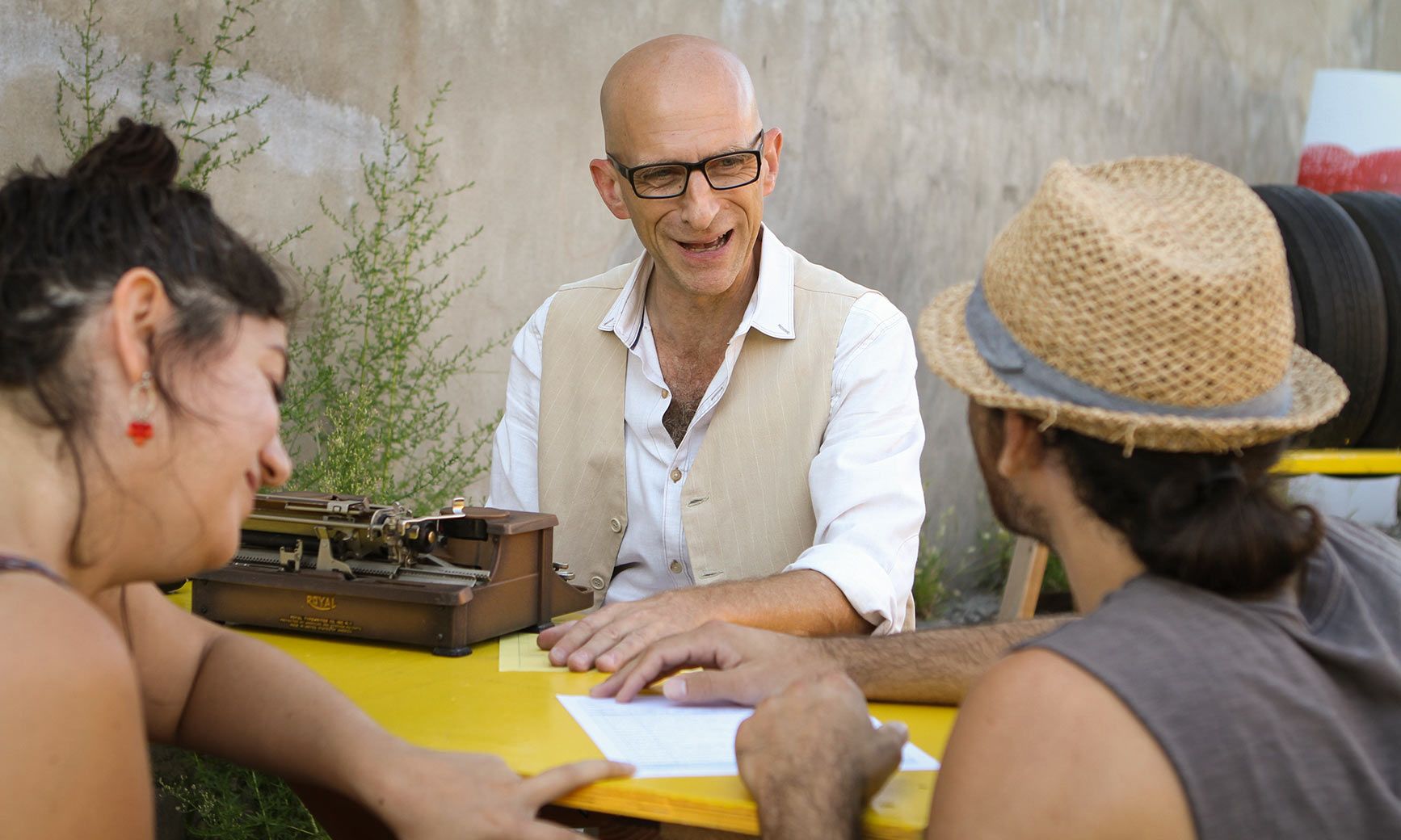
“I’d type it up. We’d call it a poetic conversation — not an interview, but a real conversation that, ideally, made people so comfortable, so not judged, they might have a revelation of their own.”
And yes, some among you may wonder where the money came from to support the Pop-Up Gesture Store. Well, Neuwirth and Haenggi just ran a successful Kickstarter that will support another season of the Gesture Store in 2016, to continue exploring the alternative economy of making and buying live-performances — and blurring the lines between them.
All photos by Julie Lemberger except as marked.









